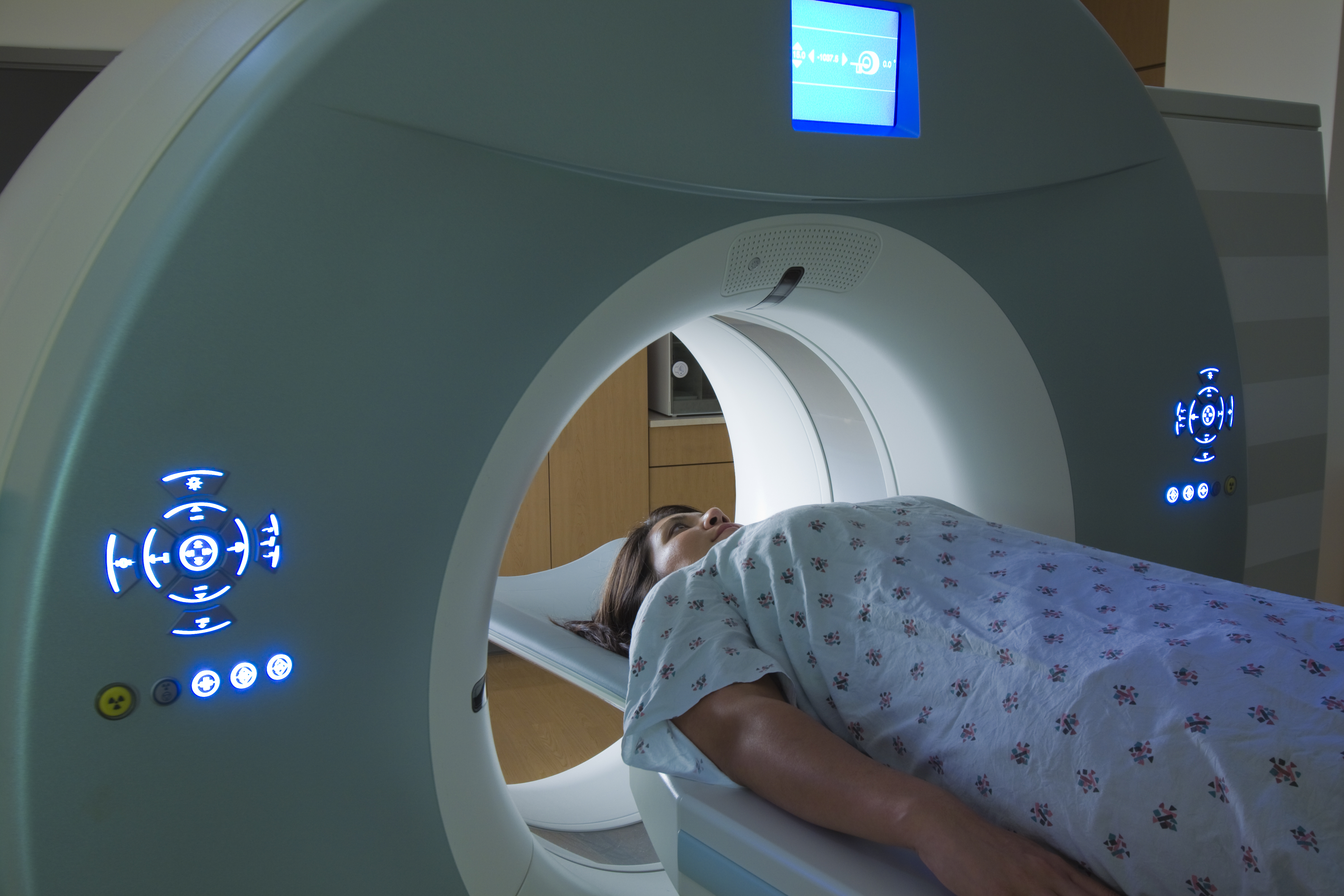早期乳がんの女性は、放射線治療を追加で受けると、乳がんから解放される可能性が高いことが、新しい研究により明らかになりました。 Women with an early form of breast cancer are more likely to stay free of the disease after an extra radiotherapy boost, new research shows.
2022-08-23 エディンバラ大学

その結果、803人の女性が手術後、腫瘍を取り除いた場所に放射線治療を追加で受けた場合、がんが同じ場所に再発する確率が減少することがわかった。
追加治療を受けた女性は、5年後も癌にかからなかったが(97.1%、追加治療なしは92.7%)、乳房痛や皮膚の硬化などの副作用を経験する可能性がより高かった。
<関連情報>
- https://www.ed.ac.uk/news/2022/therapy-trial-offers-breast-cancer-patients-hope
- https://www.thelancet.com/journals/lancet/article/PIIS0140-6736(22)01246-6/fulltext
非低リスクの乳房内乳管癌に対する放射線量と分割計画(BIG 3-07/TROG 07.01):無作為化、要因分析、多施設共同、非盲検、第3相試験 Radiation doses and fractionation schedules in non-low-risk ductal carcinoma in situ in the breast (BIG 3–07/TROG 07.01): a randomised, factorial, multicentre, open-label, phase 3 study
Prof Boon H Chua, Emma K Link, Ian H Kunkler, Timothy J Whelan, A Helen Westenberg, Guenther Gruber, Guy Bryant, Verity Ahern, Kash Purohit, Peter H Graham, Mohamed Akra, Orla McArdle, Peter O’Brien, Jennifer A Harvey, Carine Kirkove, John H Maduro, Ian D Campbell, Geoff P Delaney, Joseph D Martin, T Trinh T Vu, Thierry M Muanza, Anthony Neal, Ivo A Olivotto, MDon behalf of theBIG 3–07/TROG 07.01 trial investigators
The Lancet Published:August 06, 2022
DOI:https://doi.org/10.1016/S0140-6736(22)01246-6
Summary
Background
Whole breast irradiation (WBI) after conservative surgery for ductal carcinoma in situ (DCIS) reduces local recurrence. We investigated whether a tumour bed boost after WBI improved outcomes, and examined radiation dose fractionation sensitivity for non-low-risk DCIS.
Methods
The study was an international, randomised, unmasked, phase 3 trial involving 136 participating centres of six clinical trials organisations in 11 countries (Australia, New Zealand, Singapore, Canada, the Netherlands, Belgium, France, Switzerland, Italy, Ireland, and the UK). Eligible patients were women aged 18 years or older with unilateral, histologically proven, non-low-risk DCIS treated by breast-conserving surgery with at least 1 mm of clear radial resection margins. They were assigned to one of four groups (1:1:1:1) of no tumour bed boost versus boost after conventional versus hypofractionated WBI, or randomly assigned to one of two groups (1:1) of no boost versus boost after each centre prespecified conventional or hypofractionated WBI. The conventional WBI used was 50 Gy in 25 fractions, and hypofractionated WBI was 42·5 Gy in 16 fractions. A boost dose of 16 Gy in eight fractions, if allocated, was delivered after WBI. Patients and clinicians were not masked to treatment allocation. The primary endpoint was time to local recurrence. This trial is registered with ClinicalTrials.gov (NCT00470236).
Findings
Between June 25, 2007, and June 30, 2014, 1608 patients were randomly assigned to have no boost (805 patients) or boost (803 patients). Conventional WBI was given to 831 patients, and hypofractionated WBI was given to 777 patients. Median follow-up was 6·6 years. The 5-year free-from-local-recurrence rates were 92·7% (95% CI 90·6–94·4%) in the no-boost group and 97·1% (95·6–98·1%) in the boost group (hazard ratio 0·47; 0·31–0·72; p<0·001). The boost group had higher rates of grade 2 or higher breast pain (10% [8–12%] vs 14% [12–17%], p=0·003) and induration (6% [5–8%] vs 14% [11–16%], p<0·001).
Interpretation
In patients with resected non-low-risk DCIS, a tumour bed boost after WBI reduced local recurrence with an increase in grade 2 or greater toxicity. The results provide the first randomised trial data to support the use of boost radiation after postoperative WBI in these patients to improve local control. The international scale of the study supports the generalisability of the results.
Funding
National Health and Medical Research Council of Australia, Susan G Komen for the Cure, Breast Cancer Now, OncoSuisse, Dutch Cancer Society, Canadian Cancer Trials Group.


